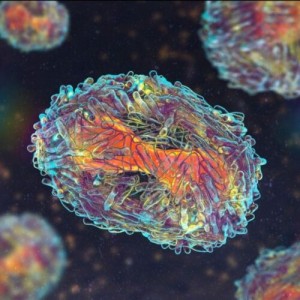Treatment of distichiasis in cats
The objective of this study was to describe the clinical features of cats diagnosed with distichiasis and report on the outcomes following cryoepilation.
Medical records of domestic cats with distichiasis that underwent a double freeze-thaw cycle with a -80°C cryoprobe applied to the palpebral conjunctiva, with hair then epilated were retrospectively studied. The patient signalment, distichiae locations, concurrent ocular diseases, recurrences, complications, and outcomes were recorded.
Fifteen cats (27 eyes) were enrolled.The mean (std dev) age at the time of diagnosis and treatment was 2.2 years (2.8 years). All (15/15) cats were of the domestic shorthair (DSH) breed. Concurrent ocular findings at the initial examination were observed in 17/27 (63%) eyes, with upper lateral eyelid hypoplasia the most prevalent, present in 9/27 (33.3%) eyes. Recurrence of distichiae occurred in 8/27 (29.6%) eyes. The clinical presentation in the instances of recurrence was judged as asymptomatic and not of a clinical concern in 3/27 (11.1%) eyes, with a second procedure deemed necessary to alleviate symptoms in 5/27 (18.5%) eyes. All eyes treated with a second procedure had no recurrence of distichiae or symptoms. Complications following cryoepilation occurred in 4/27 (14.8%) eyes, with two cats developing bilateral entropion post-procedure.
In conclusion, treatment of distichiasis in these cats utilizing cryoepilation was effective at alleviating symptoms, though some cats needed a second procedure. The development of post-procedural entropion was seen occasionally.
“Feline distichiasis treated with cryoepilation: A retrospective study of 15 cats (27 eyes)”. B D Reynolds, et al. Vet Ophthalmol. 2024 Feb 29. doi: 10.1111/vop.13202.
Source: https://onlinelibrary.wiley.com/doi/full/10.1111/vop.13202














List
Add
Please enter a comment